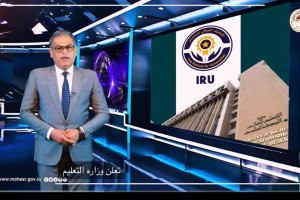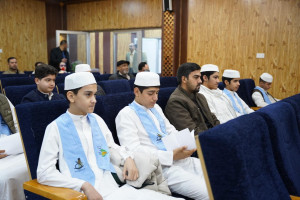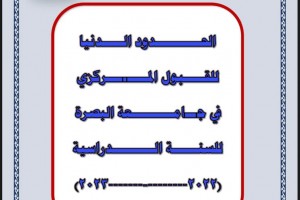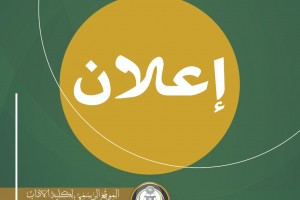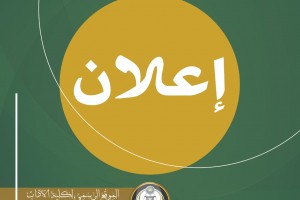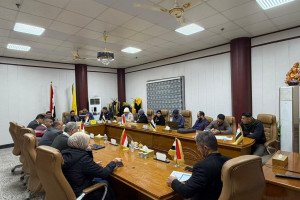

A new trend in education and learning has been concerned with play. In the very early years of man's life, play is seen of crucial importance. For Russian psychologist Lev Vygotsky, play makes an essential part of both language development and of a child's understanding of the external world. In one way or another, this 'theory' of learning resembles the old Islamic saying "play with your child for seven years, educate him for seven years and be a brother to him for seven years" which emphasizes a special education strategy for each stage in children development.
As such, play in the early formative years of the child development, and by analogy the 'baby' translator, should be addressed thoughtfully and allocated good time in the learning programmes. 'Baby' translators should be encouraged to find play opportunities both individually and collectively because of the insufficiency of these opportunities in the formal learning programmes. "Baby" translators should be encouraged to start asking themselves and others about the meanings and translations of idioms like "I smell a rat/اشم رائحة خيانة", "something's fishy/شيء يثير الريبة أو الشك", "white elephant/ هدية مبالغ فيها و غير عملية و لا يمكن التخلص منها", " to do something once in a blue moon/ بصورة نادرة جدا" and "black sheep / شيء غريب". These idiomatic expressions have the benefit of stimulating and motivating beginning translators to learn new items and to think far beyond the common and known meanings.
A second area which can be used as a playing tool for learning translators is the area of idiomatic verbs with different contexts such as the verb 'run' in the following contexts where translators can ask other translators to guess the meaning and translation of the sentences:
- Sam can run faster than Tom.
يستطيع سام أن يركض أسرع من توم
- Mona runs a successful TV show.
تدير مونا برنامجا تلفزيزنيا ناجحا
- The meeting has run long.
طال وقت الاجتماع
- The river ran dry last year.
جف النهر السنة الماضية
- The market had a good run today.
كانت بداية السوق جيدة اليوم
A third aspect of language which can be used as a learning tool is the aspect of lexical and structural ambiguity. Lexical ambiguity is the case of the word having more than one meaning and can only be resolved by providing context. An example is "I went to the bank", where the word bank could mean the bank of a river, or the economic institution where money are deposited and withdrawn. Structural ambiguity, however, is more intricate and complex. It is the case of a surface structure having more than one deep structure. Good examples are many:
- The chicken is ready to eat.
الدجاجة جاهزة لتأكل طعامها / الدجاجة جاهزة لأن تؤكل
- The police were ordered to stop drinking after midnight.
أمر رجال الشرطة أن يوقفوا الناس عن تناول الشروبات بعد منتصف الليل / أمر رجال الشرطة أن يتوقفوا (أنفسهم) عن تناول المشروبات بعد منتصف الليل/ صدر الأمر...بعد منتصف الليل.
- Mary is easy / eager to please.
ماري متطلعة للإرضاء/ ماري متشوقة للإرضاء
- I am glad I'm a man, and so is Lola.
انا مسرور أنني رجل، و لولا مسرورة لذلك / أنا مسرور أنني رجل و لولا مسرورة أيضا أنها رجل
- John saw the man on the mountain with a telescope.
رأى حون الرجل على الجبل بمنظار / رأى جون الرجل صاحب المنظار على الجبل
These ambiguous sentences can be crucial to the work of the translator since translators are often encouraged to dive in and reach the meaning, sense and spirit of the original. Structurally-ambiguous sentences are greatly helpful in urging translators to think of more than one possible choice.

